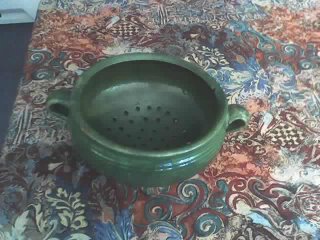in 1881, Tunisia became a French protectorate and liberation from the French with the protocols of 20 March 1956, was proclaimed a republic July 25, 1957. This is all about history books, I think it is less well known that in the meantime, even the French to the Italian community is not making life easy. At least I do not really know the story. A parliament was Mrs. Teresa, born in Tunisia and lived until the age of seven years. On the Internet I found a lot and please anyone familiar with the texts on the subject know.
After the end of World War II, the Italians were affected by the measures of expropriation and seizure of assets, prohibition of economic activities, as well as by extreme measures such as arrest or deportation, were closed all the Italian institutions, including schools , and was prohibited the printing of newspapers in Italian. The aggressive policy of France towards the Italians of Tunisia began to cease following the signing of the peace treaty between Italy and France (1947) and the reopening of the Consulate General the following year, even if the seizures continued for some years .
The story of Mrs. Teresa deserves Note that this put a very different post, but it is possible that one day he does something more. His family lived in
Metlaoui (town of about 17,700 inhabitants in Tunisia. Note to phosphate deposits. Lately it has become part of tourist circuits and special thanks to the beauty of the Gorges du Seldja). In 1945 the French expelled many Italians from Tunisia, including also the family of signoraTeresa who was then seven years. The father suffered the first sentences of imprisonment in a concentration camp and then again in Algeria in Tunisia. They found shelter in a refugee camp in Rome, and were forced to remain for some years.

In 1928, the mother of Mrs. Teresa, to be married, bought the couscoussiera of the photo, was part of her trousseau. When they were forced to flee to Tunisia, the couscous was among the few possessions that they managed to take away.
With the improvement of the situation, a brother of Mrs. Teresa moved to Belgium and brought with it the couscoussiera. For some time this "precious" item is back in Italy, Mrs. Teresa, treated not as a relic, but as a piece of life, an emotional bond and "cultural" with a land so close to Italy, but often distant. I think it's just not a simple piece of clay but a very important symbol, also ... for me, thanks to Mrs. Teresa, I began to love at an early age through North Africa for its couscous.
0 comments:
Post a Comment